Animal Migrations: Spectacular Journeys and Conservation Challenges
Animal migrations are among the most incredible phenomena in the natural world. Each year, countless species embark on breathtaking journeys, traversing vast distances across oceans, mountains, and plains. From the tiny monarch butterfly fluttering its way from North America to Mexico to the majestic Arctic tern, which travels an astounding 44,000 miles between its breeding and wintering grounds, these migrations are not just about survival; they are a testament to the resilience and adaptability of life on Earth.
But why do animals migrate? The reasons are as diverse as the species themselves. Many animals migrate to find food, seek breeding grounds, or escape harsh weather conditions. As they navigate these treacherous routes, they rely on a combination of instinct, environmental cues, and sometimes even the stars. Imagine embarking on a journey without GPS or a map, relying solely on your innate sense of direction—that's what these animals do!
However, these spectacular journeys are increasingly threatened by various conservation challenges. As human activities encroach on natural habitats, migratory routes are disrupted, and the delicate balance of ecosystems is thrown into chaos. Climate change, urbanization, and habitat destruction are just a few of the hurdles these brave travelers face. To ensure that future generations can witness these awe-inspiring migrations, it is crucial to understand the intricacies of these journeys and the pressing need for conservation efforts.
In the following sections, we will delve deeper into the science behind migration, explore notable migratory species, and discuss the various conservation challenges they encounter. By shedding light on these issues, we hope to inspire a greater appreciation for the remarkable journeys undertaken by migratory animals and the urgent need to protect their habitats.
Understanding the biological and environmental factors that drive animal migrations is essential. Animals migrate for several reasons, including the search for food, breeding opportunities, and favorable climates. This section examines how animals navigate vast distances and the role of instinct in these incredible journeys. For instance, many birds use the position of the sun and stars to guide their flight, while others rely on the Earth's magnetic field. This innate ability is nothing short of extraordinary!
From the monarch butterfly to the Arctic tern, many species undertake remarkable migrations. These animals travel thousands of miles each year, often facing numerous challenges along the way. For example, the annual migration of the wildebeest across the Serengeti is one of nature's most dramatic spectacles, involving over a million animals. Their journey not only ensures their survival but also supports the entire ecosystem along their path.
Birds are among the most well-known migrators. Each year, they embark on epic migrations, often traveling in flocks to conserve energy and increase safety. This subsection delves into the patterns of bird migration, including seasonal changes and the impact of climate on their journeys. Many species migrate south in the fall to escape the cold and return in the spring to breed. The timing of these migrations is critical, as they must align with food availability and weather conditions.
Weather plays a crucial role in bird migration. Changes in climate and weather patterns can significantly affect migratory routes and timing for various bird species. For instance, if a cold snap occurs too early, it can disrupt the migration of birds that rely on specific cues to begin their journey. Understanding these dynamics is vital for conservation efforts.
Human activities significantly influence bird migration. Urbanization, habitat destruction, and climate change disrupt traditional migratory paths. As cities expand and natural habitats are lost, birds face increased challenges in finding safe places to rest and feed during their journeys. This section explores how we can mitigate these impacts through thoughtful planning and conservation strategies.
Mammals also engage in long migrations. Species such as wildebeests and caribou travel great distances each year to find food and breeding grounds. Their journeys are fraught with challenges, including predators, harsh weather, and human interference. Understanding the unique needs of these mammals is crucial for their conservation.
Many migratory species are threatened by habitat loss, climate change, and human interference. These challenges are urgent and require immediate attention. The loss of migratory routes can lead to declines in populations, disrupting entire ecosystems. This section outlines the major conservation challenges these animals face and the urgent need for protective measures.
Legislation plays a vital role in conservation efforts. Various laws and regulations exist to protect migratory species and their habitats. However, enforcement is often lacking, and many species still face significant threats. This subsection discusses existing laws and the importance of strengthening these protections to ensure the survival of migratory animals.
Local communities can be powerful allies in conservation. Successful community-driven initiatives have shown that when people are engaged and educated about the importance of migratory species, they are more likely to take action to protect them. This section highlights some inspiring examples of community efforts that support migratory species and promote sustainable practices.
As environmental changes continue, the future of animal migrations hangs in the balance. The impacts of climate change and human activities are profound, and without concerted conservation efforts, many migratory species could face extinction. This section speculates on potential outcomes for migratory species and emphasizes the importance of ongoing conservation efforts to protect these remarkable journeys for future generations.
- What is animal migration? Animal migration is the seasonal movement of animals from one region to another, often in search of food, breeding grounds, or better living conditions.
- Why do animals migrate? Animals migrate for various reasons, including finding food, escaping harsh weather, and breeding.
- What are some examples of migratory species? Notable migratory species include the monarch butterfly, Arctic tern, wildebeest, and caribou.
- How does climate change affect animal migration? Climate change can disrupt migratory patterns by altering food availability, weather conditions, and habitat loss.
- What can we do to help protect migratory species? Supporting conservation efforts, participating in local initiatives, and advocating for protective legislation can help safeguard migratory species.
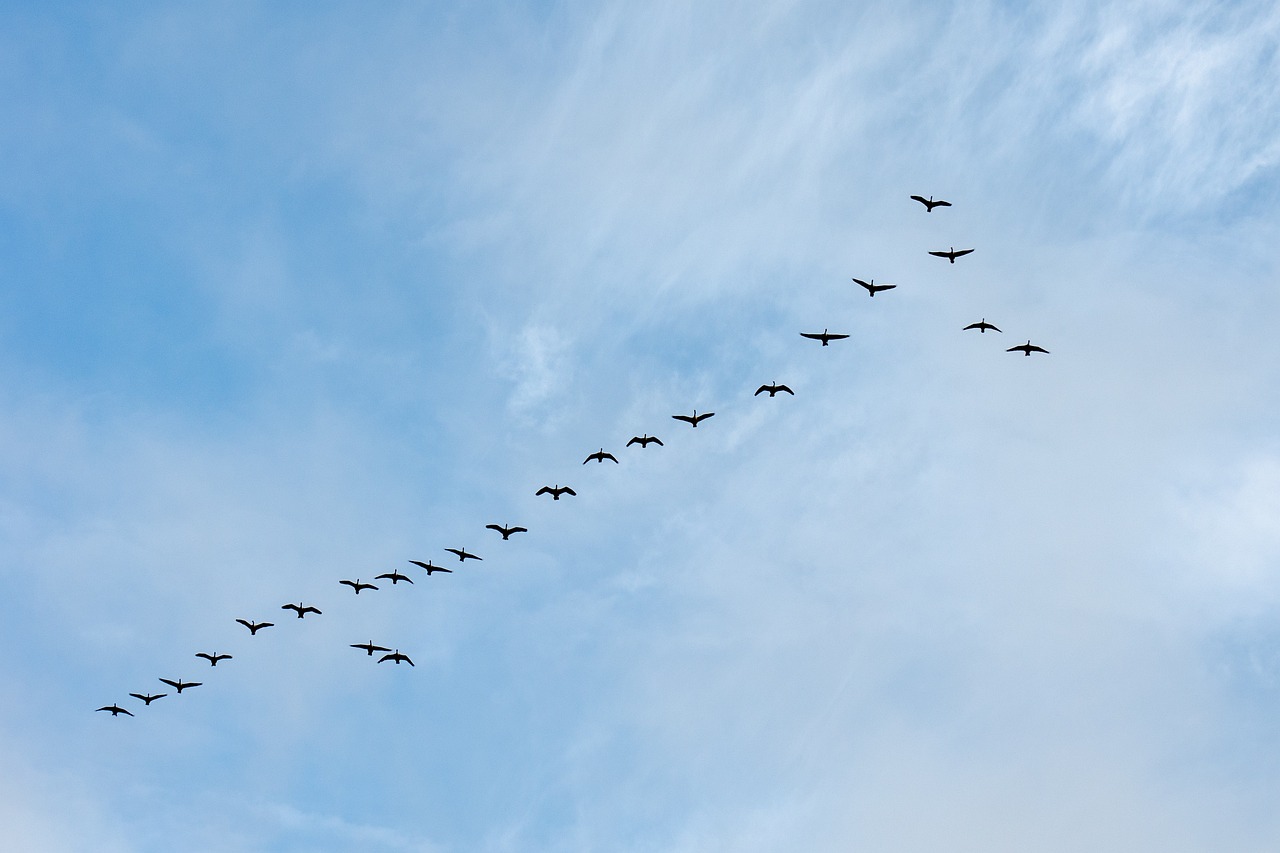
The Science of Migration
Understanding the science behind animal migration is like peeling back the layers of an onion—it’s complex, fascinating, and filled with surprises. At its core, migration is driven by a combination of biological instincts and environmental cues. Animals migrate to find food, reproduce, and escape harsh weather conditions. But how do they navigate such vast distances? It’s a question that has intrigued scientists for centuries.
Many migratory species possess an innate ability to sense the Earth’s magnetic field, allowing them to orient themselves during their journeys. This natural GPS is complemented by other factors such as the position of the sun and stars, as well as environmental landmarks. For example, birds often use topographical features like mountains and rivers as guides. Isn’t it remarkable how these creatures can traverse thousands of miles without a map?
Moreover, the timing of migrations is crucial. Many species embark on their journeys in sync with the changing seasons. For instance, the arrival of spring triggers a surge in insect populations, which in turn fuels the migration of birds. It’s a delicate balance that showcases the interconnectedness of ecosystems. To illustrate this point, let’s take a look at some key factors that influence migration:
| Factor | Description |
|---|---|
| Biological Instincts | Innate behaviors that drive animals to migrate for survival. |
| Environmental Cues | Changes in temperature, food availability, and daylight hours that signal migration. |
| Navigation Skills | Ability to use natural phenomena like the sun, stars, and Earth's magnetic field for orientation. |
But it’s not just instinct and navigation that play a role in migration. Social structures also influence how and when animals migrate. Many species travel in groups, which can provide safety in numbers and help individuals learn the migratory routes from more experienced members. This social learning aspect adds another layer of complexity to the migration phenomenon.
However, the science of migration is not just about understanding the animals themselves; it also involves examining the ecosystems they inhabit. As climate change alters habitats and food availability, the traditional migratory patterns of many species are being disrupted. This raises an important question: how will these changes affect the survival of migratory species? The answers are still unfolding, but what we do know is that the future of these incredible journeys depends on our understanding and protection of the environments that support them.
In summary, the science of migration is a captivating blend of instinct, environmental cues, and social structures. As we delve deeper into this field, we uncover the intricate web of relationships that sustain migratory species. The more we learn, the more we realize how essential it is to protect these remarkable journeys, not just for the animals but for the health of our planet as a whole.
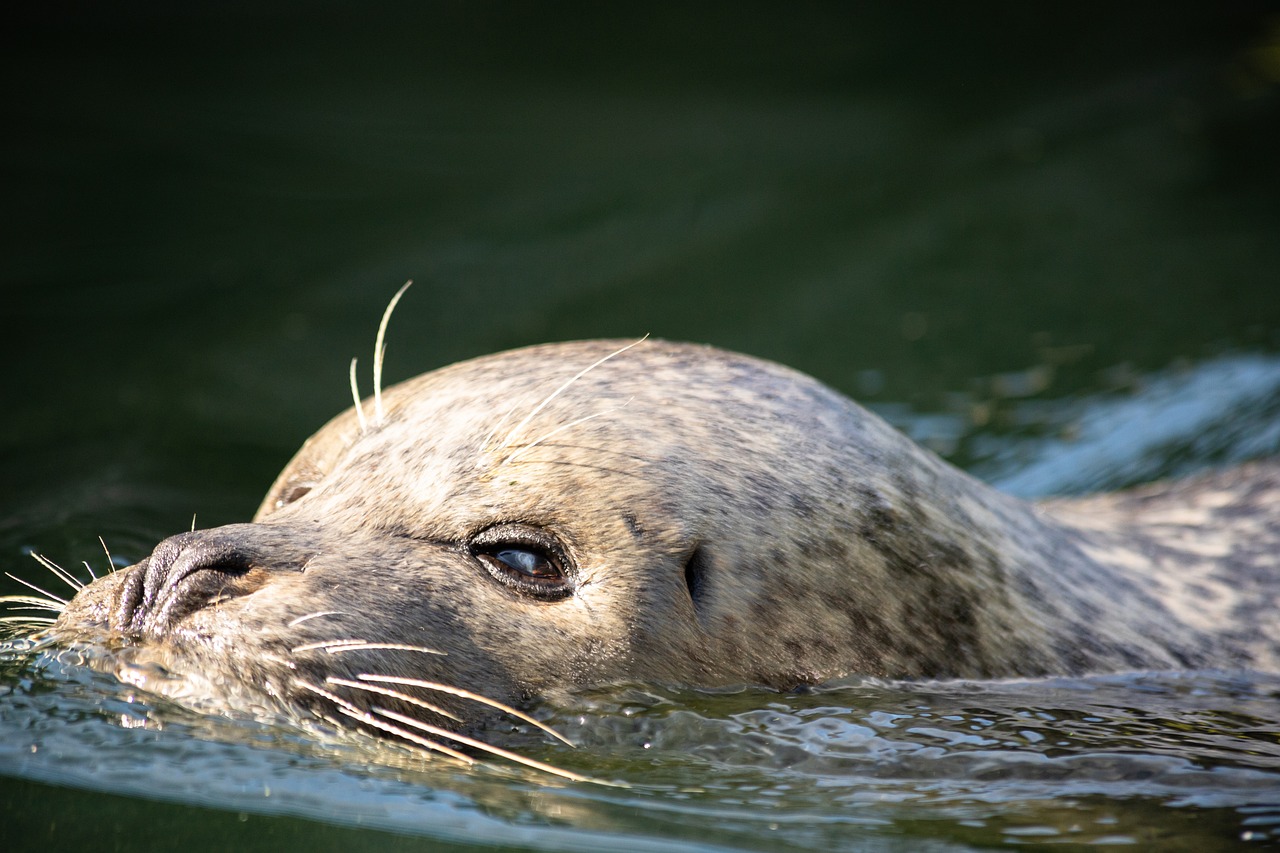
Notable Migratory Species
The world is home to some of the most incredible migratory species, each with its own unique journey that showcases the resilience and adaptability of life. One of the most famous migrators is the monarch butterfly, which travels an astonishing 3,000 miles from North America to central Mexico. This delicate creature embarks on its journey in search of warmer climates, demonstrating the power of instinct and the importance of environmental cues. Imagine a tiny butterfly navigating vast distances, relying on the sun’s position and even the Earth’s magnetic field to guide its way! It's a testament to the wonders of nature.
Another remarkable migratory species is the Arctic tern, known for having the longest migration of any animal on the planet. This bird travels an incredible 44,000 miles annually, flying from its breeding grounds in the Arctic to its wintering grounds in Antarctica. The tern's journey is not just about distance; it's a survival strategy that allows it to take advantage of abundant food sources in both polar regions. The Arctic tern's life is a perpetual summer, a beautiful metaphor for the quest for sustenance and survival.
When we talk about mammals, the wildebeest migration in the Serengeti is one of the most iconic. Each year, over a million wildebeests, along with zebras and other herbivores, embark on a circular route of approximately 1,800 miles in search of fresh grass and water. This migration is not just a spectacle; it plays a crucial role in maintaining the ecosystem, as the animals' grazing patterns help to shape the landscape. The wildebeest migration is like a massive, moving buffet that supports a diverse array of predators, from lions to crocodiles.
In the Arctic, the caribou undertake one of the most extensive migrations of any land mammal, traveling up to 3,000 miles each year. These majestic creatures move in large herds, following ancient migratory routes that have been passed down through generations. Their journey is fraught with challenges, including predators and harsh weather conditions, but it is essential for their survival as they seek out calving grounds rich in nutrients. The caribou's migration is a powerful reminder of the interconnectedness of life in the wild.
As we explore these notable migratory species, it's important to recognize the intricate web of life that connects them. Each migration is a story of survival, adaptation, and the relentless pursuit of life-sustaining resources. The journeys of these animals not only highlight their incredible abilities but also serve as a reminder of the delicate balance of ecosystems that must be preserved for future generations. Protecting migratory routes and habitats is essential, as these paths are often threatened by human activities and climate change.
In conclusion, the remarkable journeys of migratory species like the monarch butterfly, Arctic tern, wildebeest, and caribou illustrate the beauty and complexity of nature. As we marvel at their resilience, we must also take action to ensure that these incredible migrations continue for generations to come. After all, every migration tells a story of survival, and it's up to us to protect these narratives before they fade away.
- What triggers animal migrations?
Animal migrations are often triggered by changes in weather, food availability, and reproductive cycles. Animals rely on instinct and environmental cues to guide their journeys. - How do animals navigate during migration?
Many species use a combination of instinct, celestial navigation (like the position of the sun and stars), and Earth's magnetic field to find their way during migration. - What are the main threats to migratory species?
Habitat loss, climate change, and human activities such as urbanization and pollution pose significant threats to migratory species and their routes. - How can we help protect migratory species?
Supporting conservation efforts, advocating for protective legislation, and promoting sustainable practices in local communities can all contribute to the protection of migratory species.
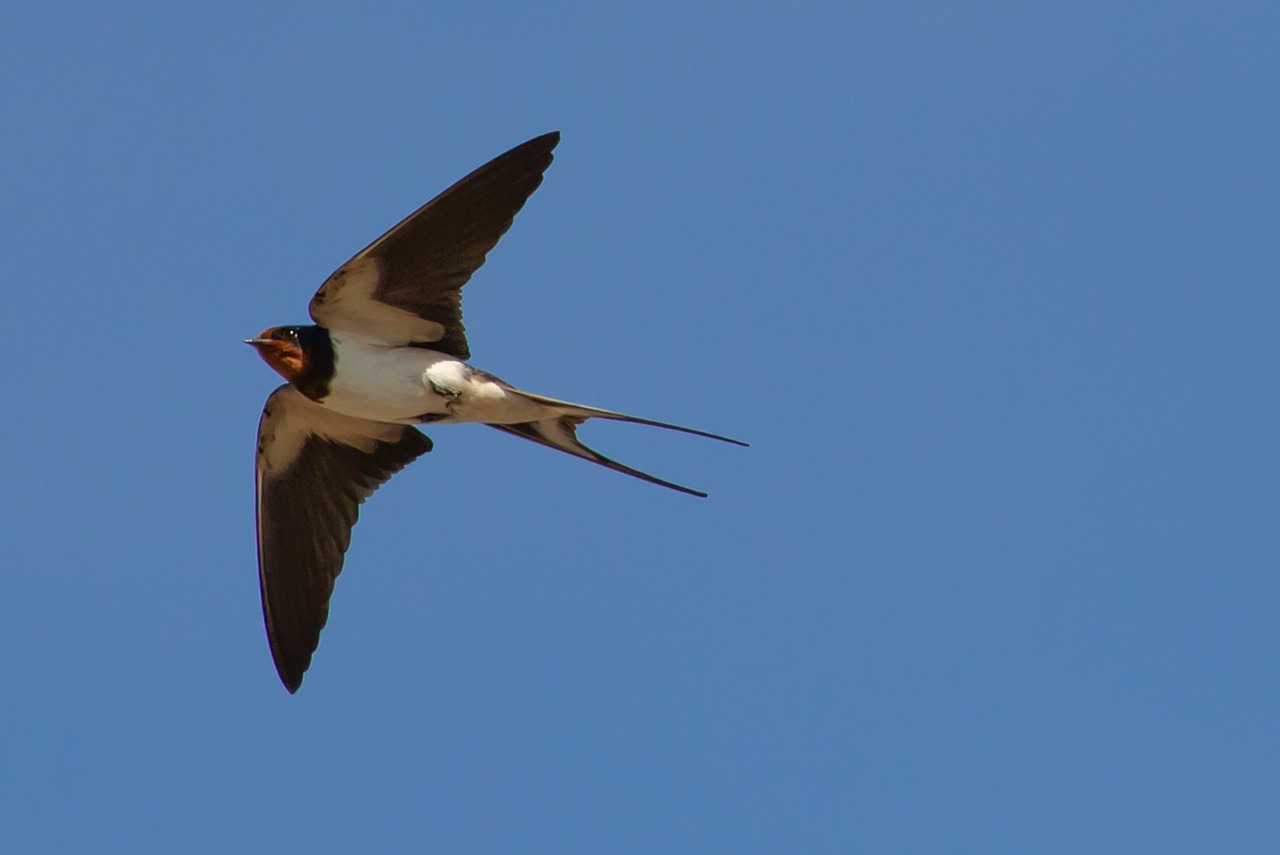
Bird Migration Patterns
Bird migration is one of nature's most awe-inspiring phenomena, showcasing the incredible endurance and navigational skills of these feathered travelers. Each year, millions of birds embark on epic journeys, often spanning thousands of miles, driven by the instinctual need to find food, breed, and escape harsh weather conditions. But have you ever wondered how they know where to go? The answer lies in a combination of innate instinct, environmental cues, and the ability to navigate using the stars, the sun, and even the Earth's magnetic field.
During migration, birds follow specific routes known as flyways. These pathways are not just random; they are often determined by factors such as geography, climate, and the availability of food. For instance, many North American birds migrate south to Central America during the winter months, while others travel to the southern United States. The timing of these migrations is also critical, as birds must arrive at their destinations in sync with the seasonal availability of resources.
Interestingly, the patterns of migration can vary significantly among species. For example:
- Waterfowl like ducks and geese often migrate in a V-formation, which helps conserve energy and maintain communication.
- Songbirds, such as warblers, tend to migrate alone or in small groups, relying heavily on their internal clocks and environmental signals.
- Raptors, including hawks and eagles, utilize thermal updrafts to soar long distances with minimal effort.
As we observe these patterns, it's essential to recognize the impact of climate change on bird migration. Shifts in temperature and weather patterns can disrupt traditional migratory routes, leading to mismatches between the timing of migration and the availability of food sources. For example, if birds arrive at their breeding grounds too early or too late, they may miss the peak insect availability needed to feed their young. This phenomenon raises critical questions about the adaptability of migratory birds in the face of rapid environmental changes.
In conclusion, the patterns of bird migration are a testament to the resilience and adaptability of these species. Understanding these patterns not only enriches our appreciation of nature but also highlights the urgent need for conservation efforts to protect the habitats and migratory routes that are vital for their survival.
- Why do birds migrate? Birds migrate primarily in search of food, better breeding conditions, and to avoid harsh weather.
- How do birds navigate during migration? Birds use various methods for navigation, including the sun, stars, magnetic fields, and environmental landmarks.
- What are the major threats to migratory birds? Major threats include habitat loss, climate change, and human activities such as urbanization and pollution.
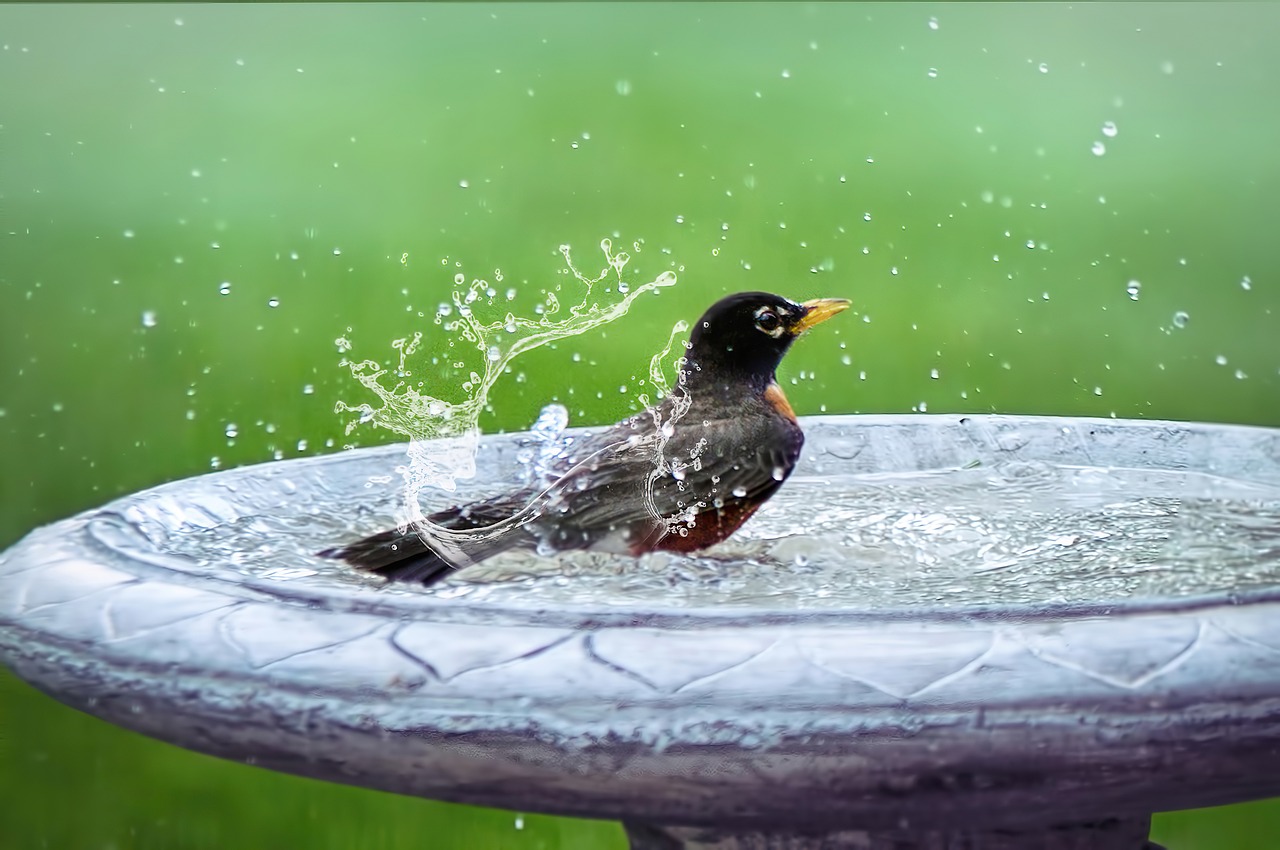
The Role of Weather
Weather is not just a backdrop to the grand spectacle of animal migration; it is a crucial player in the drama that unfolds each year. Just think about it: animals are not just wandering aimlessly; they are navigating through a complex web of environmental cues that dictate their paths. Temperature, wind patterns, and precipitation all play significant roles in determining when and where these creatures travel. For instance, many bird species rely on thermal currents to soar efficiently over long distances. These invisible highways in the sky can save them energy, allowing them to cover vast stretches without exhausting themselves.
Moreover, the timing of migrations is intricately linked to seasonal weather changes. As spring approaches and temperatures rise, flowers bloom, and insects emerge, providing a feast for migratory birds returning from their wintering grounds. Conversely, a sudden cold snap or an unexpected storm can disrupt their carefully timed journeys, leading to disastrous consequences for their survival. This delicate balance shows just how finely tuned these animals are to their environments, responding to subtle changes in weather patterns that signal the right moment to migrate.
Interestingly, weather doesn't just affect the animals directly; it also impacts their habitats. For example, heavy rainfall can lead to flooding, altering landscapes and making traditional migratory routes impassable. In contrast, drought can diminish food sources, forcing animals to adapt and find new paths. This is particularly evident in regions like the Sahara Desert, where the annual migration of the wildebeest is heavily influenced by the availability of water and grazing land.
To illustrate the relationship between weather and migration, consider the following table, which highlights how different weather conditions can impact various migratory species:
| Weather Condition | Impact on Migratory Species | Examples |
|---|---|---|
| Heavy Rainfall | Flooding of routes | Wildebeests in Africa |
| Strong Winds | Altered flight paths | Arctic Terns |
| Temperature Drops | Delayed migrations | Songbirds in North America |
| Prolonged Drought | Reduced food availability | Various species in the Serengeti |
As climate change continues to alter weather patterns globally, the implications for migratory species are profound. Not only are these animals faced with shifting habitats, but they must also adapt to unpredictable weather extremes that can throw off their migration schedules. The urgency of understanding and addressing these changes cannot be overstated, as the survival of many migratory species hangs in the balance. The more we learn about the role of weather in these remarkable journeys, the better equipped we will be to protect the pathways that these animals have traveled for generations.
- How does climate change affect animal migrations?
Climate change can alter weather patterns, leading to changes in food availability and habitat, which can disrupt traditional migration routes. - What are some examples of migratory species?
Notable migratory species include the monarch butterfly, Arctic tern, and wildebeest, each undertaking incredible journeys across vast distances. - Why is understanding migration important for conservation?
Understanding migration helps identify critical habitats and the challenges species face, guiding effective conservation strategies.
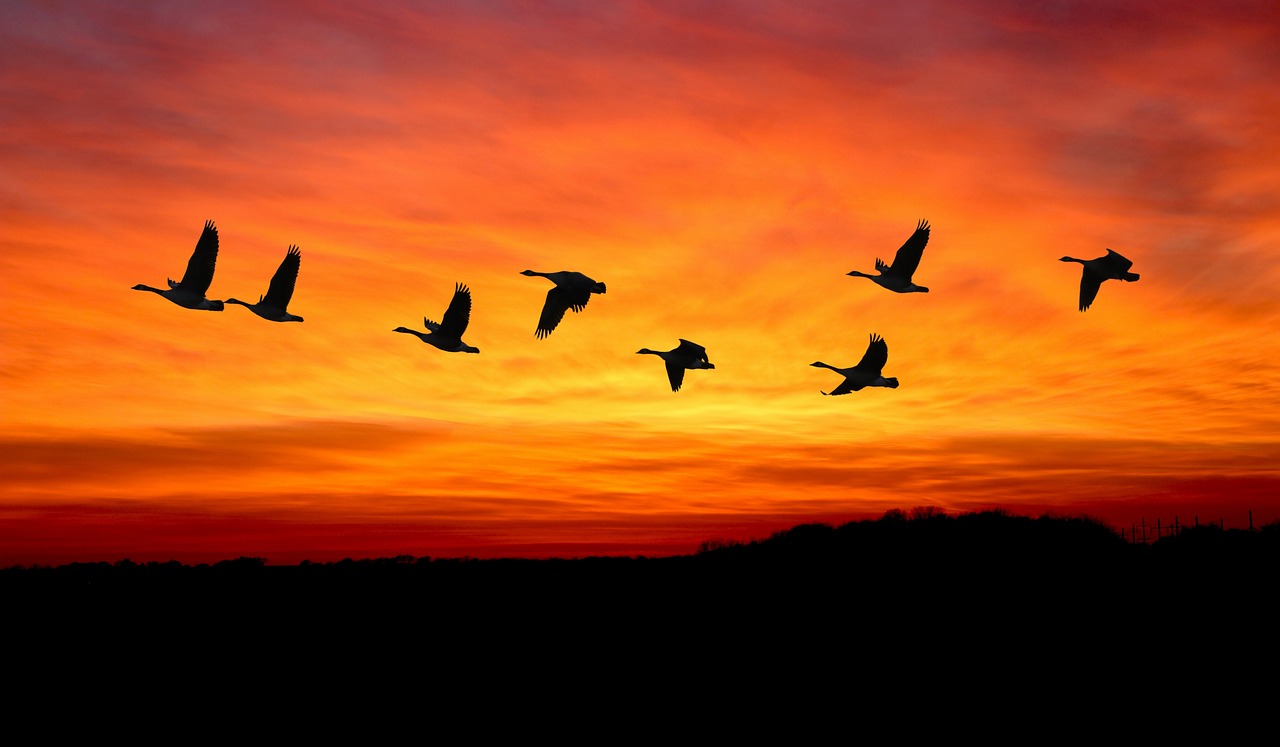
Human Impact on Bird Migration
Human activities have a profound impact on bird migration, often disrupting these delicate journeys that have evolved over millennia. One of the most significant factors is urbanization, which leads to the destruction of natural habitats. As cities expand, they encroach on the wetlands, forests, and grasslands that birds rely on for nesting and feeding. This loss of habitat not only reduces the available resources for birds but also creates barriers that can prevent them from reaching their traditional migratory destinations.
Moreover, climate change plays a critical role in altering migratory patterns. Birds rely on specific environmental cues, such as temperature and daylight, to time their migrations. As the climate warms, these cues can change, leading to mismatches in timing. For instance, if birds arrive at their breeding grounds too early due to warmer temperatures, they may find that food sources are not yet available, which can impact their reproductive success.
Another major human impact is the increase in light pollution, which can disorient migratory birds during their nighttime flights. Many species navigate using the stars, and bright city lights can confuse them, leading to collisions with buildings and other structures. According to studies, millions of birds die each year from such collisions, highlighting the urgent need for mitigation strategies.
Additionally, the use of pesticides and other chemicals in agriculture can have devastating effects on bird populations. These substances can poison birds directly or reduce the availability of insects and plants that birds depend on for food. The decline in insect populations, for example, has been linked to the use of neonicotinoids, which are harmful to many bird species.
To combat these challenges, conservationists are advocating for several strategies, including:
- Creating and preserving natural habitats to provide safe havens for migratory birds.
- Implementing bird-friendly building designs that reduce collision risks.
- Promoting sustainable agricultural practices that minimize chemical use.
- Raising awareness about the impacts of light pollution and encouraging cities to adopt measures that reduce it.
In conclusion, while human impact on bird migration poses significant challenges, there are actionable steps we can take to mitigate these effects. By understanding the intricate relationship between human activities and bird migration, we can work towards a future where both can coexist harmoniously.
- What are the main reasons for bird migration? Birds migrate primarily to find food, breed, and escape harsh weather conditions.
- How does climate change affect bird migration? Climate change can alter the timing and routes of migrations, leading to mismatches in food availability and breeding.
- What can individuals do to help migratory birds? Individuals can create bird-friendly environments, reduce light pollution, and support conservation efforts.
- Are there laws protecting migratory birds? Yes, many countries have laws and treaties aimed at protecting migratory birds and their habitats.
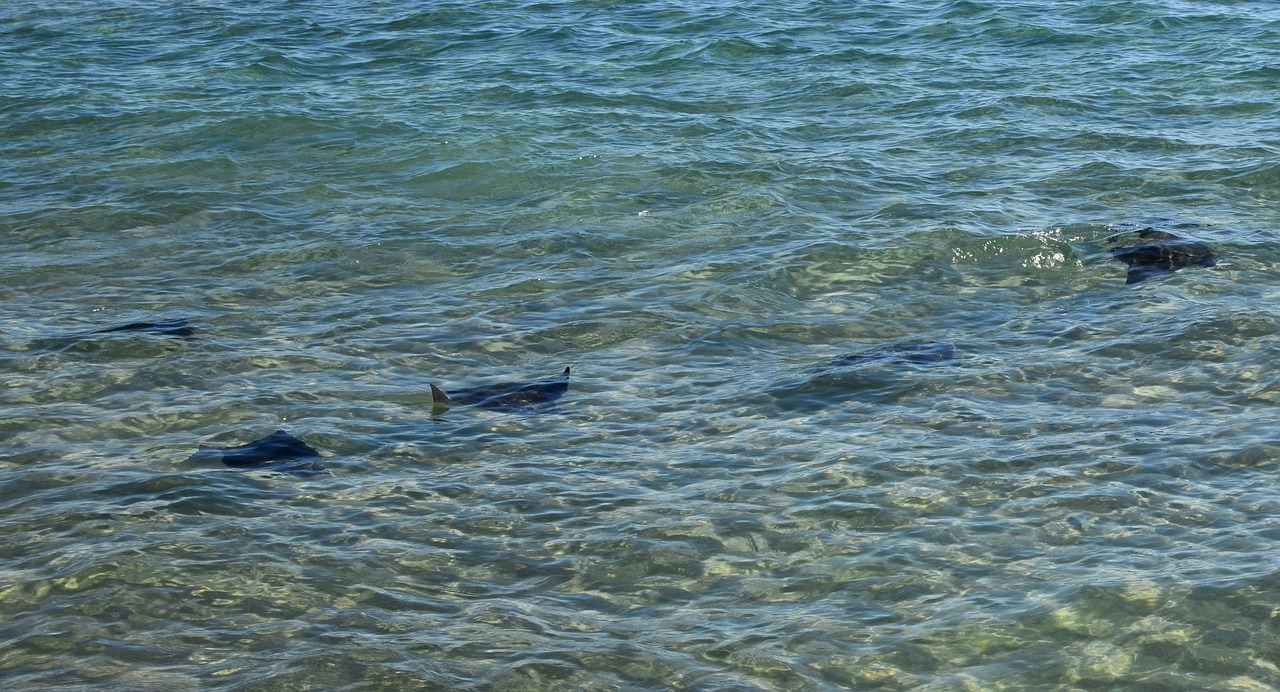
Mammal Migrations
Mammal migrations are among the most breathtaking spectacles in the animal kingdom. These remarkable journeys are often driven by the search for food, breeding grounds, or more favorable climates. From the vast plains of Africa to the icy tundras of the Arctic, mammals traverse incredible distances, showcasing their resilience and adaptability. For instance, the annual migration of the wildebeest in the Serengeti is a stunning display of nature's rhythm, where over a million wildebeests, along with zebras and gazelles, embark on a journey of thousands of miles in search of greener pastures. This migration not only highlights their instinctual drive but also the interconnectedness of various species within the ecosystem.
Another fascinating example is the migration of the caribou in North America. These majestic animals undertake one of the longest migrations of any land mammal, traveling up to 3,000 miles each year. They move from their wintering grounds in the boreal forests to the calving grounds in the tundra, following ancient paths that have been used for generations. This journey is fraught with challenges, including harsh weather conditions, predators, and human encroachment. As climate change alters their habitats, the traditional migratory routes of these mammals are increasingly at risk, putting their survival in jeopardy.
The challenges faced by migratory mammals are as diverse as the species themselves. For example, the gray whale migrates approximately 10,000 miles each year from the warm lagoons of Baja California to the nutrient-rich waters of Alaska. Unfortunately, their migratory path intersects with shipping lanes and fishing areas, leading to increased risks of ship strikes and entanglement in fishing gear. Similarly, the migration of the Humpback whale exposes them to threats from climate change, which affects their food supply and migratory timing.
In addition to these challenges, human activities such as urbanization and habitat destruction further complicate the migratory patterns of mammals. The construction of roads, cities, and other infrastructure can create barriers that disrupt traditional migration routes. For instance, the fragmentation of habitats can isolate populations, making it difficult for them to find mates and access necessary resources. As a result, many migratory mammals are now facing declining populations, which raises urgent questions about their future.
To illustrate the impact of these challenges, let's take a look at a table summarizing some key migratory mammals and the distances they cover:
| Mammal Species | Migration Distance (Miles) | Key Migration Challenges |
|---|---|---|
| Wildebeest | 1,000 | Predators, Water Scarcity |
| Caribou | 3,000 | Climate Change, Habitat Loss |
| Gray Whale | 10,000 | Ship Strikes, Entanglement |
| Humpback Whale | 5,000 | Climate Change, Pollution |
As we delve deeper into the world of mammal migrations, it becomes clear that these journeys are not just about survival; they are a testament to the intricate balance of nature. The ability of these animals to navigate vast landscapes, often in search of the most basic needs, serves as a reminder of the importance of conservation efforts. Protecting migratory routes and habitats is crucial for the survival of these magnificent creatures and the ecosystems they inhabit.
- What triggers mammal migrations? Mammal migrations are primarily triggered by the search for food, breeding opportunities, and suitable climate conditions.
- How do mammals navigate during migration? Many mammals rely on instinct, environmental cues, and even the Earth's magnetic field to navigate during their migrations.
- What are the biggest threats to migratory mammals? Major threats include habitat loss, climate change, human interference, and predation.
- How can we help protect migratory mammals? Supporting conservation efforts, advocating for protective legislation, and raising awareness about the importance of migratory species are essential steps.
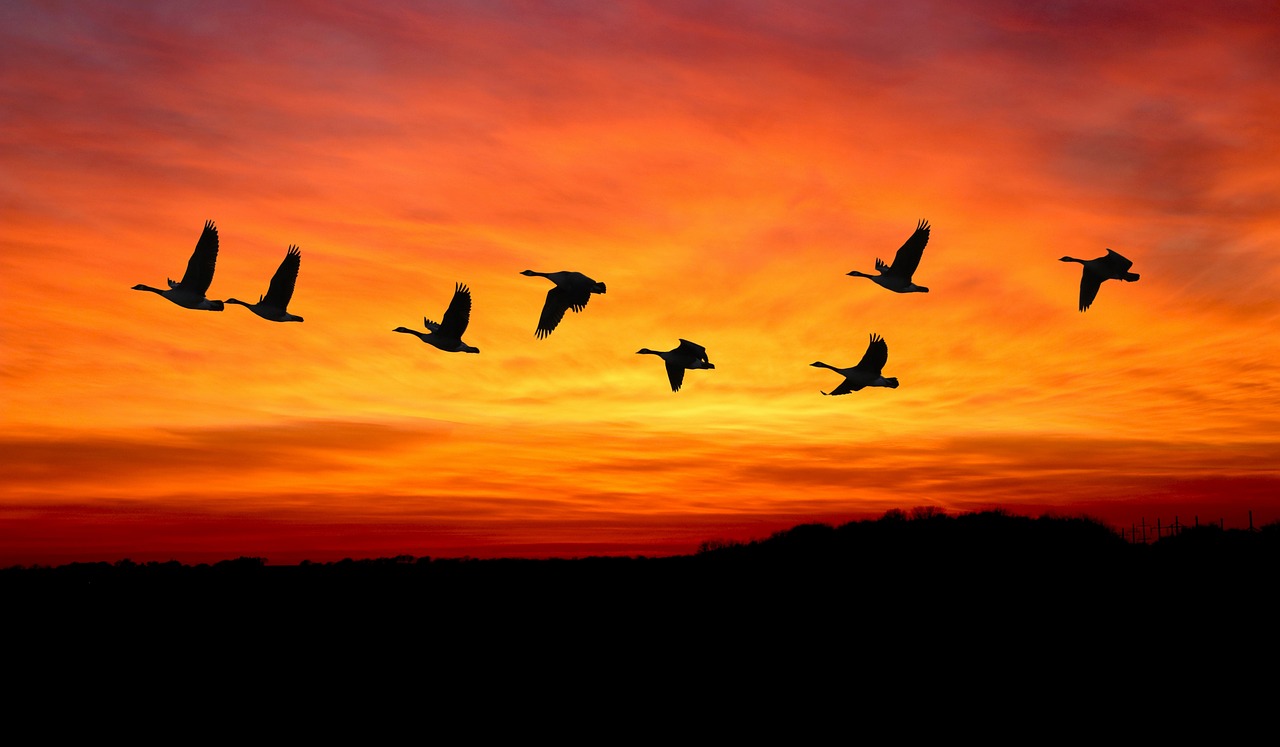
Conservation Challenges
The world of animal migrations is not just a spectacle of nature; it is also a battleground for survival. With the breathtaking journeys of migratory species comes a sobering reality: many of these animals face significant that threaten their existence. The reasons behind these challenges are multifaceted, involving a complex interplay of habitat loss, climate change, and human interference.
One of the most pressing issues is habitat loss, which occurs when natural environments are transformed or destroyed by urban development, agriculture, and industrial activities. As animals migrate, they rely on specific habitats for food, breeding, and resting. When these areas are compromised, it can lead to a steep decline in their populations. For instance, the monarch butterfly, known for its epic journey across North America, has seen its habitat shrink drastically due to deforestation and agricultural practices.
Climate change adds another layer of difficulty. As temperatures rise and weather patterns shift, the timing of seasonal events—like the blooming of flowers or the availability of water—becomes unpredictable. This can disrupt the delicate synchrony that migratory species depend on. Birds, for instance, may arrive at their breeding grounds too early or too late, missing the peak food availability necessary for raising their young. The Arctic tern, which travels from the Arctic to the Antarctic, is particularly vulnerable to these changes, as it relies on stable ice and weather conditions.
Human activities also play a significant role in disrupting migratory paths. Urbanization leads to the construction of roads, buildings, and other infrastructures that can create barriers for animals. Additionally, pollution and light from urban areas can confuse migratory birds, leading them off course. For example, during migration, many birds are drawn to city lights, which can result in fatal collisions with buildings. The impact of these human-induced factors cannot be overstated, as they often compound the effects of natural challenges.
To combat these challenges, various conservation efforts are underway. Governments and organizations are working to establish protected areas that serve as safe havens for migratory species. However, these efforts must be supported by strong legislative frameworks to ensure their effectiveness. The implementation of laws that protect critical habitats and regulate human activities is essential for the survival of these animals.
Moreover, community involvement is crucial in the fight against conservation challenges. Local communities can be powerful allies in protecting migratory species. Successful initiatives often arise from grassroots movements that promote sustainable practices, such as creating wildlife corridors, restoring habitats, and raising awareness about the importance of migration. When communities understand the value of these incredible journeys, they are more likely to take action to support them.
In summary, the conservation challenges facing migratory species are daunting but not insurmountable. By understanding the threats posed by habitat loss, climate change, and human interference, we can work towards implementing effective solutions. As stewards of the Earth, it is our responsibility to ensure that future generations can witness these remarkable journeys and the incredible diversity of life that depends on them.
- What are the main threats to migratory species?
Migratory species face threats from habitat loss, climate change, and human interference, including pollution and urbanization. - How does climate change affect animal migrations?
Climate change can disrupt the timing of seasonal events, affecting food availability and breeding success for migratory animals. - What can individuals do to help protect migratory species?
Individuals can support conservation efforts, advocate for protective legislation, and participate in local initiatives that promote sustainable practices.
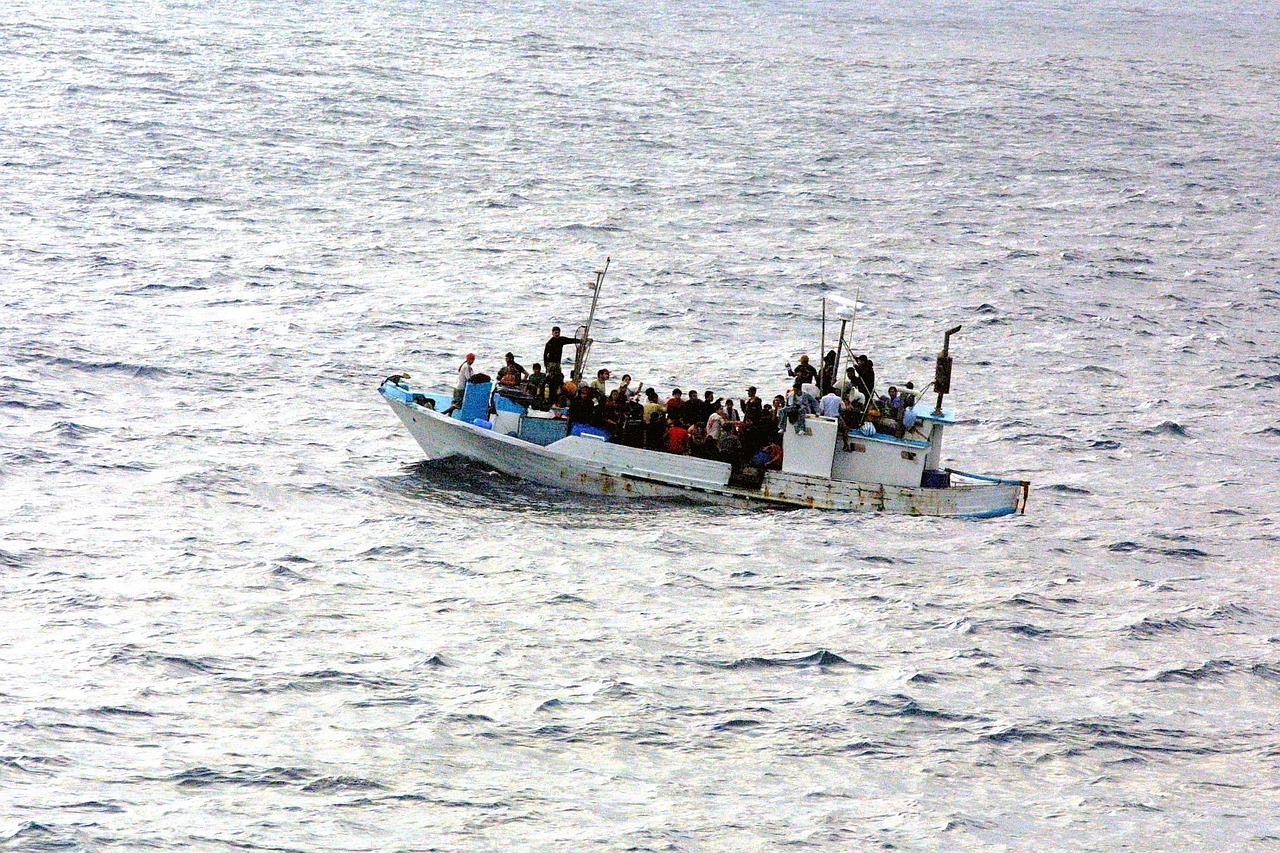
Protective Legislation
When it comes to safeguarding the incredible journeys of migratory species, plays a pivotal role. Laws and regulations are essential tools that help ensure these animals can traverse their migratory paths without significant hindrances. Think of these laws as the sturdy bridges that connect their habitats, allowing them to navigate the challenges posed by nature and human activities alike.
In many countries, various laws have been enacted to protect migratory species and their habitats. For instance, the Migratory Bird Treaty Act in the United States is a landmark piece of legislation aimed at conserving migratory birds by making it illegal to take, kill, or possess these birds without a permit. This law not only protects the birds themselves but also their nesting sites and migratory routes, which are crucial for their survival.
However, protective legislation is not a one-size-fits-all solution. Different regions have different needs based on the species present and the threats they face. For example, in Europe, the Birds Directive and the Habitats Directive work together to safeguard a wide range of bird species and their habitats, ensuring that essential ecosystems are preserved. These directives demonstrate how comprehensive legal frameworks can effectively address the complexities of conservation.
Moreover, international cooperation is vital in the realm of migratory species conservation. Since many migratory animals travel across borders, agreements like the Convention on Migratory Species (CMS) facilitate collaboration between countries to protect these species. Such agreements help establish migratory corridors and highlight the importance of maintaining these pathways for the survival of various species.
Despite these legislative efforts, challenges remain. Enforcement of existing laws can be inconsistent, and habitat destruction often outpaces legislative protections. To effectively combat these challenges, it is crucial to not only enact laws but also to ensure that they are enforced and that communities are educated about the importance of these protections. Local involvement can amplify the effectiveness of protective legislation, turning it from a mere set of rules into a shared mission for conservation.
In conclusion, while protective legislation is a vital component of migratory species conservation, it must be accompanied by robust enforcement and community engagement. Only then can we hope to preserve the magnificent journeys of these animals for future generations. As we continue to face environmental changes, the importance of these legal frameworks cannot be overstated; they are our best defense against the threats that loom over these remarkable migrations.
- What is the purpose of protective legislation for migratory species?
Protective legislation aims to safeguard migratory species from threats such as habitat loss, poaching, and climate change, ensuring their survival and the preservation of their migratory routes. - How can communities get involved in conservation efforts?
Communities can engage in conservation by participating in local initiatives, educating themselves and others about the importance of migratory species, and supporting policies that protect these animals. - What are some examples of protective legislation?
Examples include the Migratory Bird Treaty Act in the U.S., the Birds Directive and Habitats Directive in Europe, and the Convention on Migratory Species (CMS) at an international level.
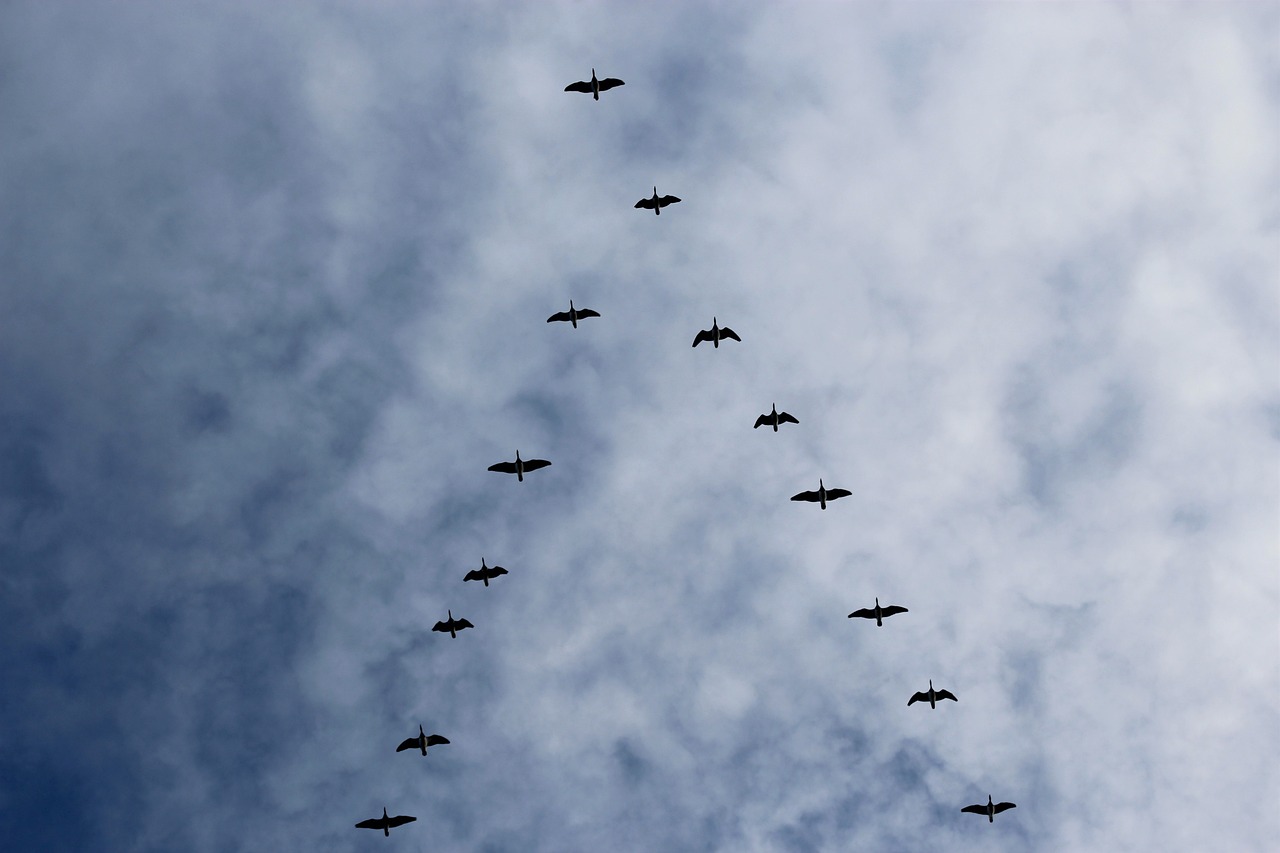
Community Involvement in Conservation
When it comes to protecting our planet's migratory species, the role of local communities cannot be overstated. These communities often serve as the frontline defenders of wildlife, bringing a unique blend of knowledge, passion, and commitment to conservation efforts. Imagine a small village nestled near a vital migratory route; the residents there not only witness the incredible journeys of animals like the monarch butterfly or the Arctic tern but also understand the delicate balance of their ecosystem. This deep-rooted connection to nature often translates into proactive measures to safeguard these species.
One remarkable example of community involvement is the restoration of wetlands in various regions. Local groups often rally together to clean up these critical habitats, which serve as stopover points for migratory birds. By removing pollution and invasive species, they create a healthier environment for these travelers. Furthermore, educational programs initiated by community members help raise awareness about the importance of these habitats, encouraging both locals and visitors to appreciate and protect them.
In addition to hands-on conservation efforts, communities can also influence policy changes. When local residents come together to advocate for protective legislation, their voices can be powerful. For instance, grassroots campaigns have successfully lobbied for the establishment of protected areas along migratory routes, ensuring that these paths remain safe from development and other threats. This kind of community activism not only benefits wildlife but also fosters a sense of pride and responsibility among residents.
Moreover, community-driven initiatives often focus on sustainable practices that benefit both people and wildlife. For example, initiatives promoting eco-tourism can provide economic incentives for local populations while raising awareness about the importance of preserving migratory species. By engaging in activities that celebrate local wildlife, such as birdwatching tours or educational workshops, communities can create a symbiotic relationship between conservation and economic development.
However, the journey towards effective conservation is not without its challenges. Communities may face resource limitations, lack of access to education on conservation practices, or even political obstacles. Yet, the resilience and determination of these groups often shine through. By forming partnerships with environmental organizations, communities can leverage additional resources and expertise to amplify their efforts. Together, they can develop strategies that not only address immediate conservation needs but also ensure long-term sustainability.
Ultimately, the involvement of local communities in conservation is a vital piece of the puzzle. It’s a classic case of “think globally, act locally.” Each small effort contributes to a larger movement aimed at protecting our planet’s incredible biodiversity. As we look to the future, fostering community engagement will be essential in ensuring that migratory species continue their spectacular journeys for generations to come.
- Why is community involvement important in conservation efforts? Community involvement is crucial because local residents have firsthand knowledge of their environment and can take meaningful action to protect it.
- How can communities participate in conservation? Communities can participate through cleanup efforts, advocacy for protective legislation, and promoting sustainable practices like eco-tourism.
- What are some successful examples of community-led conservation? Successful examples include wetland restoration projects and grassroots campaigns that have led to the establishment of protected migratory routes.
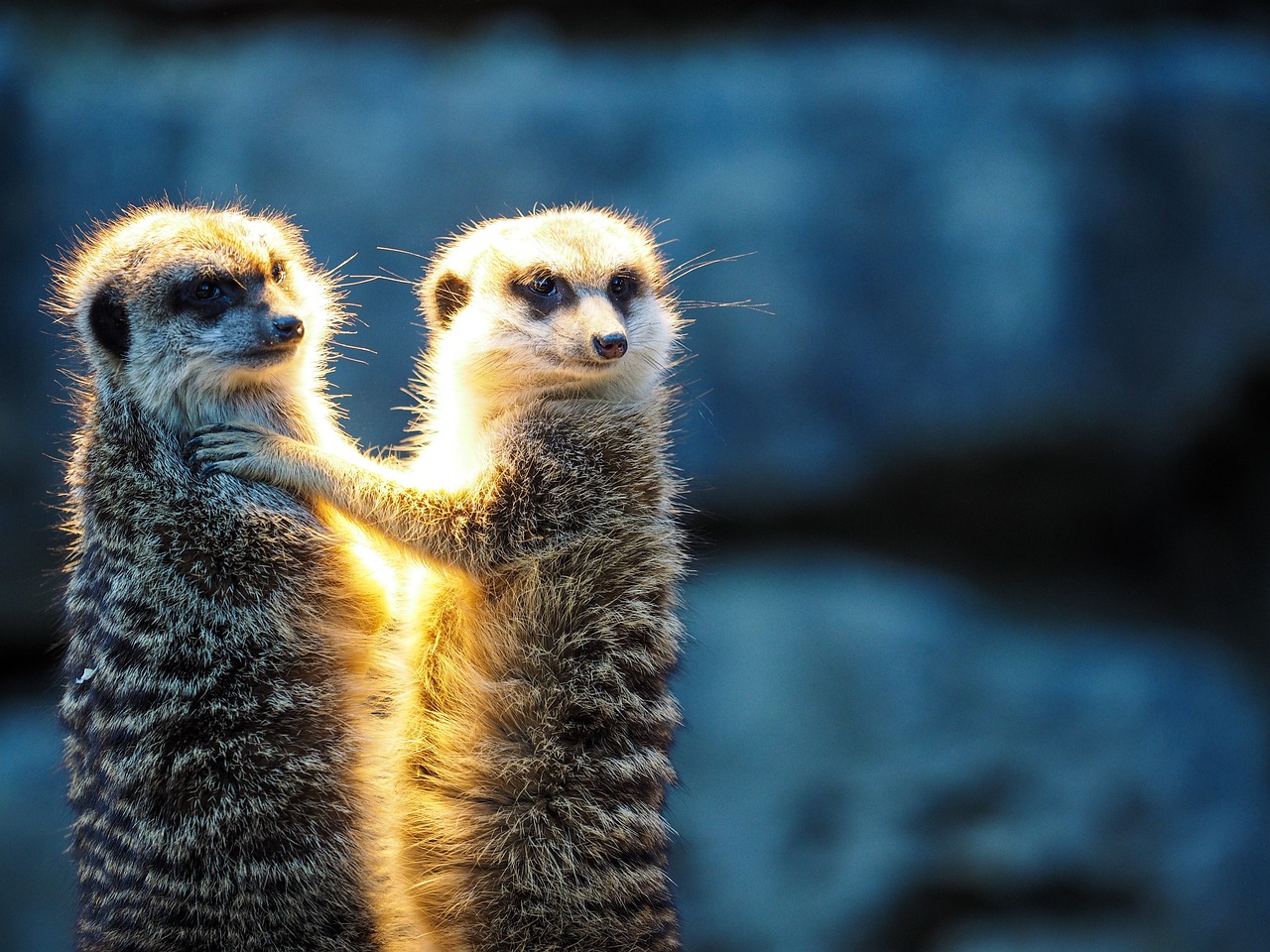
The Future of Animal Migrations
As we look ahead, the future of animal migrations hangs in a delicate balance, teetering between hope and uncertainty. The impacts of climate change, habitat loss, and human interference are reshaping the landscapes these magnificent creatures rely on for their survival. Imagine a world where the vibrant trails of migratory species fade into memory, leaving behind only echoes of their once-thriving journeys. It's a daunting thought, isn't it? But there is still time to change the narrative.
One of the most pressing concerns is the changing climate, which is altering the timing and routes of migrations. For instance, as temperatures rise and seasons shift, many species find themselves out of sync with the natural cues that have guided their ancestors for generations. This misalignment can lead to disastrous consequences, such as arriving at breeding grounds too early or too late, which can affect food availability and reproductive success. The Arctic tern, known for its incredible journey from the Arctic to the Antarctic, could face significant challenges if ice melts at an accelerated rate, disrupting its feeding grounds.
Moreover, urbanization and habitat destruction are encroaching on migratory routes, creating barriers that can be nearly impossible for animals to navigate. Wildlife corridors—designated pathways that allow animals to move safely between habitats—are essential for maintaining these epic journeys. However, the establishment of such corridors often requires cooperative efforts between governments, conservation organizations, and local communities. It's a complex puzzle, but one that can be solved with dedication and collaboration.
In addition to these challenges, human-induced factors like pollution and light pollution can disrupt the natural behaviors of migratory species. For example, many birds rely on the stars for navigation, but urban lights can confuse them, leading to fatal collisions. This highlights the urgent need for education and awareness around how our actions impact these magnificent journeys. Simple changes, such as reducing outdoor lighting during migration seasons, can make a significant difference.
Looking forward, conservationists are exploring innovative strategies to mitigate these threats. For instance, the use of technology, such as GPS tracking, is revolutionizing our understanding of migration patterns. By monitoring the movements of migratory species, researchers can identify critical habitats that need protection and adapt conservation strategies accordingly. Furthermore, engaging with local communities to promote sustainable practices can foster a sense of stewardship that benefits both wildlife and people.
Ultimately, the future of animal migrations will depend on our collective actions today. It's not just about saving the animals; it's about preserving the intricate web of life that sustains us all. As stewards of the planet, we must advocate for policies that protect migratory routes, support habitat restoration, and raise awareness about the importance of these journeys. After all, if we can inspire a sense of wonder and responsibility in future generations, we can ensure that the incredible migrations of the animal kingdom continue for years to come.
- What are the main threats to animal migrations? Climate change, habitat loss, pollution, and human interference are significant threats to migratory species.
- How can communities help protect migratory species? Communities can engage in conservation efforts, create wildlife corridors, and promote sustainable practices to support migratory animals.
- What role does technology play in conservation? Technology, such as GPS tracking, helps researchers understand migration patterns and identify critical habitats for protection.
- Why are migratory species important? Migratory species play vital roles in ecosystems, contribute to biodiversity, and are indicators of environmental health.
Frequently Asked Questions
- What is animal migration?
Animal migration refers to the seasonal movement of animals from one region to another. This phenomenon is often driven by the search for food, breeding grounds, or more favorable climates. Think of it as nature's way of ensuring that animals find the best conditions for survival!
- Why do animals migrate?
Animals migrate for several reasons, including the need for food, breeding opportunities, and escaping harsh weather conditions. For example, many birds fly south to warmer climates during winter to find abundant food sources. It's like taking a vacation to a better place when the weather gets rough!
- What are some notable migratory species?
Some of the most remarkable migratory species include the monarch butterfly, which travels thousands of miles, and the Arctic tern, known for its impressive journey between the Arctic and Antarctic. These animals undertake incredible journeys that showcase the wonders of nature!
- How does climate change affect animal migration?
Climate change can disrupt migratory patterns by altering the availability of food, changing breeding seasons, and affecting weather conditions. Animals may find their traditional routes blocked or their food sources diminished, leading to challenges in their survival.
- What are the conservation challenges facing migratory species?
Migratory species face numerous conservation challenges, including habitat loss, climate change, and human interference. Urbanization and agricultural expansion can destroy crucial habitats, making it difficult for these animals to thrive. Protecting their migratory routes is essential for their survival!
- How can local communities help in conservation efforts?
Local communities play a vital role in conservation by participating in initiatives that protect migratory species and their habitats. Community-driven projects can promote sustainable practices and raise awareness about the importance of preserving these incredible journeys for future generations.
- What protective legislation exists for migratory species?
There are various laws and regulations aimed at protecting migratory species, such as the Migratory Bird Treaty Act in the United States. These laws help safeguard habitats and ensure that migratory animals can continue their journeys without undue human interference.
- What is the future of animal migrations?
The future of animal migrations is uncertain as environmental changes continue to impact ecosystems. Ongoing conservation efforts are crucial to ensure that migratory species can adapt and survive in a rapidly changing world. It's a race against time to protect these extraordinary journeys!



















